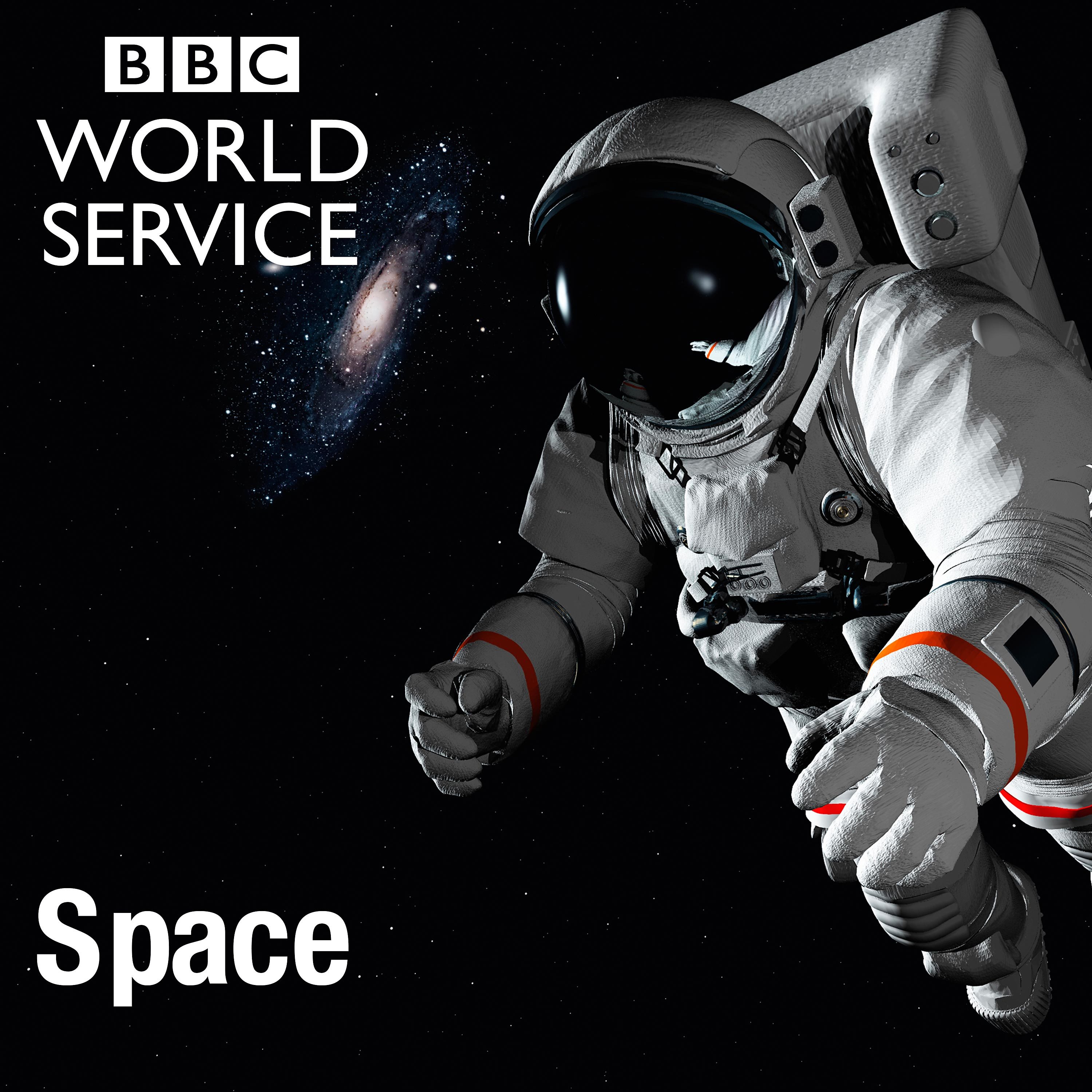Cassini's Last Adventure
Description
After 20 years in space, NASA’s Cassini-Huygens mission is coming to an end. But it will go out with one big bang. Launched in 1997 on a billion-mile trek to Saturn, Cassini has transformed our knowledge of the planet, its rings and more than sixty moons. The spacecraft has discovered plumes of water on the moon Enceladus and the European Huygens lander has snapped images of Titan’s surface, revealing riverbeds, lakes and mountains carved by liquid methane. Both moons are possible candidates for life, maybe better candidates than Mars.
Cassini’s fuel light is flashing red and so to protect the moons from accidental contamination, a dramatic ‘grand finale’ has been planned. On 15 September 2017, Cassini will dive into the toxic clouds of Saturn, burning up to become a part of the gas giant itself. The data the spacecraft collects, as it descends to its death, will give new insights into Saturn’s atmosphere and many scientists are even looking forward to its demise. In Cassini’s Last Adventure, space scientist Professor Lucie Green celebrates the spacecraft’s achievements and discovers how it has changed our views on where to find life elsewhere in the Universe.
Photo: One of the images of Saturn's rings, sent back by the Cassini spacecraft Credit: NASA/JPL
More Episodes
Published 07/13/19
What is the future of space flight? With a successful Nasa landing on Mars and more commercial space travel in development than ever before, astronautical engineers are taking us into a new age. From lift off to landing, rapid innovations are radically changing what's possible and bringing us...
Published 07/13/19
Taking place over just eight months, four perilous and eventful space missions laid the foundations for a successful Moon landing. Each pushed the boundaries of technology and revealed new insights into our own planet. As we count down to the 50th anniversary of the Apollo 11 Moon landing,...
Published 07/11/19


